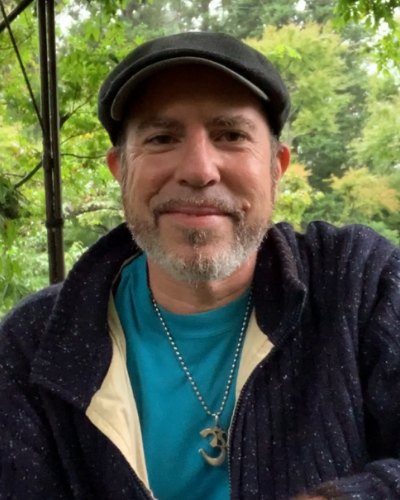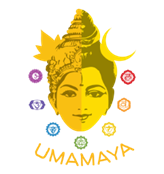Within the Kundalinī awakening process, there often comes a moment—sometimes quiet, sometimes shattering—when everything begins to unravel. Emotions surface, identities tremble, old traumas rise from the depths. In these moments, we may ask ourselves: Is something wrong with me? Shouldn’t this be a spiritual experience? Why does it feel like I’m falling apart?
Therapy, in its deepest sense, is not the sign of something broken. It is the sign that something essential is asking to be healed.
Unfortunately, the word therapy carries baggage. It can feel clinical, impersonal, even unnecessary—especially when we’ve been drawn to spiritual traditions that speak of transcendence, awakening, and bliss. But the truth is: if you are walking the spiritual path with sincerity, you are already engaging in therapy—soul therapy, mind therapy, and body therapy—whether or not you call it that.
Wisdom traditions across the world have always known that healing is layered. The Yoga Sūtras begin not with mystical visions, but with calming the agitations of the mind. The Bhagavad Gītā opens with a warrior collapsing in grief. In classical Tantra, the first initiations are not about powers or enlightenment—they are about purification: of the energy body, the senses, and the emotional landscape.
The subtle body (sūkṣma śarīra)—with its chakras, energy plexuses, nāḍīs, and granthis—is not just a mystical diagram. It is a lived reality. And as Kundalinī begins to stir, every imbalance, every unprocessed memory, every place in us that feels unworthy or unseen, comes into the light. This is not a detour. This is the path.
In fact, without integration, Kundalinī energy can overwhelm the system. That is why the traditions emphasize dharana (concentration), prāṇāyāma (breath refinement), svādhyāya (self-inquiry), and sat-saṅga (supportive company). These are not luxuries. They are the essential tools of energetic and psychological integration.
Therapy—whether with a trained professional, a trusted spiritual guide, or through a structured practice of self-inquiry—is part of the same sacred continuum. It helps us regulate the nervous system, meet the shadow without fear, and restore integrity between our outer life and inner being.
The Daoist alchemists speak of the need to refine the raw, to cultivate stillness until the shen (spirit) can dwell peacefully within. The I Ching tells us, again and again, that perseverance furthers—and that true transformation arises from alignment with the deeper rhythms of life. These are not abstract philosophies. They are therapeutic technologies of the soul.
Some of us may feel ashamed to need help. Others may long to dive into the traditions but feel overwhelmed by where to begin. Still others may be suffering silently—physically, emotionally, energetically—wondering if they’re doing something wrong.
To all of you: you are not alone. You are not failing. You are undergoing a profound metamorphosis. And seeking support—through therapy, study, prayer, community, or stillness—is not weakness. It is wisdom.
This blog exists to hold you through that transformation. To remind you that your body is not betraying you. Your mind is not broken. Your soul is not lost. You are being refined—gently, sometimes fiercely—into coherence, clarity, and compassion.
And therapy, in this light, is not a remedy for illness. It is a companion to awakening. It is a way of walking back toward your wholeness, with reverence and care.
You don’t need to do it all at once. You don’t need to know all the scriptures. You only need to begin—with one breath, one practice, one conversation. That is more than enough.
We are walking this path together.

…is a Saiva Tantrika, Gyana Yogi and founder of Uma Maheshwara Yoga & Ayurveda. David has an MA in Semiotics, lives in Japan with his family and works as a coach in L & D, devoting his time to developing science-based tools and programs that help people reach the fullest potential of the human condition.
Discover more from REAL YOGA
Subscribe to get the latest posts sent to your email.


